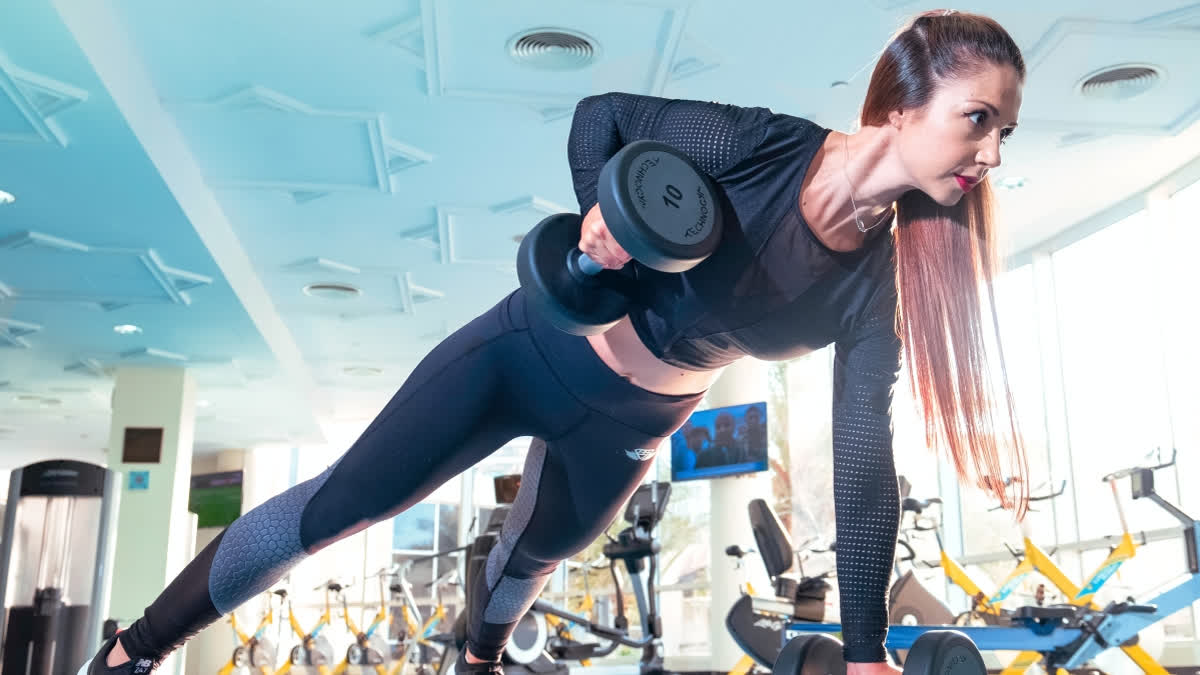London: Social media is full of fitness trends. While some of these are outlandish or verging on dangerous, others are actually helpful. Take the shy girl workout trend. While this has been floating around the internet since late 2022, it continues to be popular online. The premise of shy girl workouts is simple. They are designed to use minimal space in the gym and only a couple of pieces of equipment such as a pair of dumbbells.
They're targeted at women who may be beginners or who have anxiety about going to the gym, but still want to get a good resistance workout in without having to move around the gym floor or use complicated weight machines. While the initial benefit of these workouts is that they can help you get over your fear of going to the gym, they may also have the more long-term benefit of empowering users and helping them feel more confident about being in the gym.
Gym anxiety:There's a great deal of research showing that women face societal pressures to attain the perfect fit and toned physique. This pressure is particularly acute in exercise environments (such as the gym) where people's bodies are the focus. Women who feel they don't have the ideal body may therefore feel uncomfortable going to the gym.
Many women often feel like they're being looked at when they're in the gym. This feeling is known as hypervisibility, and tends to happen when people think they're different from others in a particular social setting. In the case of the gym, hypervisibility occurs due to the male-dominated nature of the space, making women feel like they stand out. This feeling of hypervisibility can worsen women's existing body insecurities, and may encourage some women to avoid the gym altogether.
Weight stigma has also been found to be particularly prevalent in exercise settings. One study found that people who were overweight experienced harassment and ridicule while exercising. As such, some women may avoid the gym entirely for fear of ridicule. But body insecurities aren't the only reason women feel intimidated by the gym.
Social scientists have long shown that the geography of the average gym floor is highly gendered. For example, one study found that gyms have distinctive gendered zones, with the weights area seen as masculine and the cardio machines and stretching area seen as feminine. Many women in this study also reported that they felt judged and even sexualised when they tried to use the weights area in their gym. So, it's understandable why women may want a workout that allows them to use weights in an area of the gym in which they feel comfortable.
